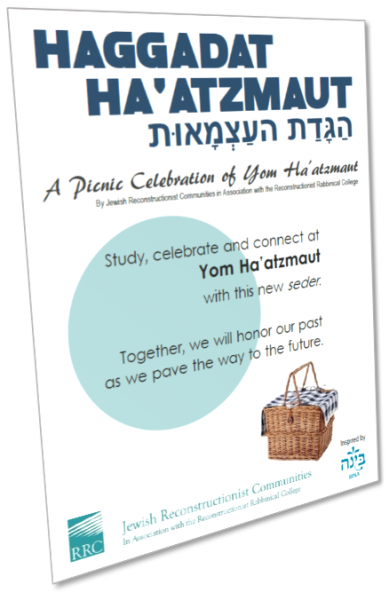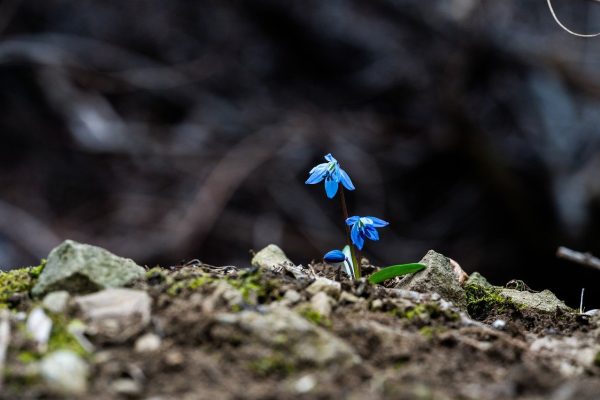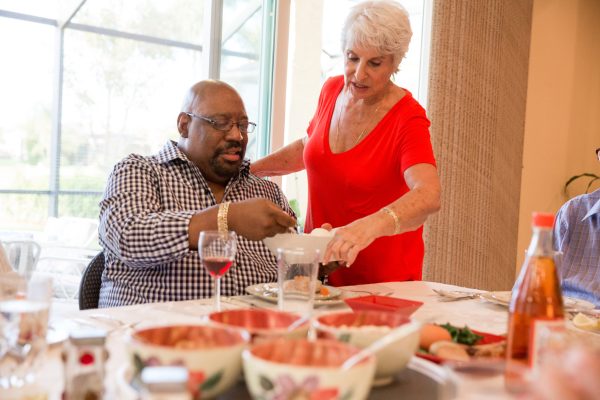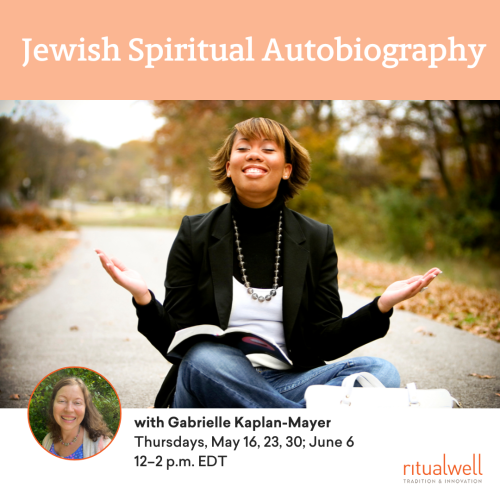Why a New Seder and Haggadah for IsraelLit. ''the one who struggles with God.'' Israel means many things. It is first used with reference to Jacob, whose name is changed to Israel (Genesis 32:29), the one who struggles with God. Jacob's children, the Jewish people, become B'nai Israel, the children of Israel. The name also refers to the land of Israel and the State of Israel. Independence Day (Yom Ha’atzmaut)?
In Israel, many celebrate Yom Ha’atzmaut in nature, connecting with the land, having a picnic or taking a hike. We offer you a new ritual for Yom Ha’atzmaut, built around a picnic sederLit. Order. The festive meal conducted on Passover night, in a specific order with specific rituals to symbolize aspects of the Exodus from Egypt. It is conducted following the haggadah, a book for this purpose. The mystics of Sefat also created a seder for Tu B'shvat, the new year of the trees.. The haggadah divides Israel’s Declaration of Independence into seven sections and associates a candle, food and discussion to each section. What better way to celebrate Yom Ha’atzmaut than by looking again at the State of Israel’s core values?
The number seven reminds us of Israel’s state symbol, the seven-branched menorahThe seeven-branched menorah stood in the Temple, and many present-day synagogues feature the menorah. Titus' arch depicts the Romans' sacking of the Temple and theft of the menorah. A nine-branched menorah called a Hanukkiyah is lit on Hanukkah to symbolize the miracle of the oil that burned for eight days. surrounded by an olive branch. More importantly seven is the number of wholeness, of ShabbatShabbat is the Sabbath day, the Day of Rest, and is observed from Friday night through Saturday night. Is set aside from the rest of the week both in honor of the fact that God rested on the seventh day after creating the world. On Shabbat, many Jews observe prohibitions from various activities designated as work. Shabbat is traditionally observed with festive meals, wine, challah, prayers, the reading and studying of Torah, conjugal relations, family time, and time with friends., and peace. In our haggadahLit. "Telling.” The haggadah is the book used at the seder table on Passover to tell the story of the Exodus, the central commandment of the holiday. It is rich in song, prayer, and legend. There are many different version of the Haggadah produced throughout Jewish history., the first six sections contain a portion of the Declaration of Independence, with the seventh left to offer our own prayers and hopes for the future.
Join us in exploring the hopes and dreams of our ancestors, which are captured in Israel’s Declaration of Independence. Reflect on Israel’s story since its establishment. Share aspirations for Israel’s safe and peaceful future, a future that includes religious tolerance, acceptance and welcome for all.
Just as the hopes and dreams of our foreparents have paved our way, so may our hopes and dreams pave the way for our children. May our hopes and dreams for the State of Israel bring us closer to a time of peace.
Use our new Reconstructionist Yom Ha’atzmaut haggadah to enrich a picnic seder of your own, outdoors or indoors at your home or congregation. We’re excited to introduce this new way to observe Israel’s Independence Day, with rituals, food, blessings, songs, fun facts and questions.
Documents and Instructions
In addition to downloading or printing the mobile-friendly haggadah, you may wish to print copies of the support documents below for your seder.
Our haggadah is designed for use in different ways by different groups. For adult study—in pairs or small groups—each individual may want and need a copy of the Declaration of Independence. For these adults, the haggadah might be printed or projected depending on your setting and group. Families or children might use the haggadah as the central text, and a leader or adult with each group might read selections from the Declaration aloud. The important thing is to look through the materials in advance, consider the needs of your group and prepare accordingly.
We encourage your creativity and inventiveness. We are eager to hear how you experienced this new ritual, what insights you gained and how we might improve it in the future.
Packing List: You’ll need to gather the supplies for the seder in advance. This helpful list includes the items you’ll need.
Israel’s Declaration of Independence: The haggadah includes prompts to read text from a corresponding section of the Declaration of Independence. This copy of the Declaration is divided to match the seder.
Questions: These questions can guide your discussion in each section of the haggadah. Print them out and tape them to the table for reference or save them to your tablet or phone. When the haggadah prompts you to discuss a section of the Declaration, refer to these questions.
Yom Ha’Atzmaut Haggadah: This is the main document for your seder. At certain points in theseder, you’ll be prompted to refer to the Israeli Declaration of Independence or the list of questions. We suggest printing out those two documents, and accessing this haggadah on your mobile device. You can also print the haggadah, if you prefer.
After you use the haggadah to guide your seder, we’d love to hear from you at info@rrc.edu. Please let us know what worked well and what we could improve.
Background
Bina, The Center for Jewish Identity and Hebrew Culture, created a seder as a resource to support their goal of creating a contemporary commentary for Israel’s Declaration of Independence. Inspired by their example, we created a new ritual based on their seder. Bina is a part of the Israeli-Jewish Renaissance—a circle of institutions and organizations in Israel devoted to democracy and religious pluralism. Several RRC students have studied at Bina, and our community’s visits to Israel often include time spent with the organizations of the Israeli-Jewish Renaissance. The Reconstructionist movement is proud to partner with Bina and others in the Israeli Jewish Renaissance.
Created by Jewish Reconstructionist Communities in Association with the Reconstructionist Rabbinical College.













